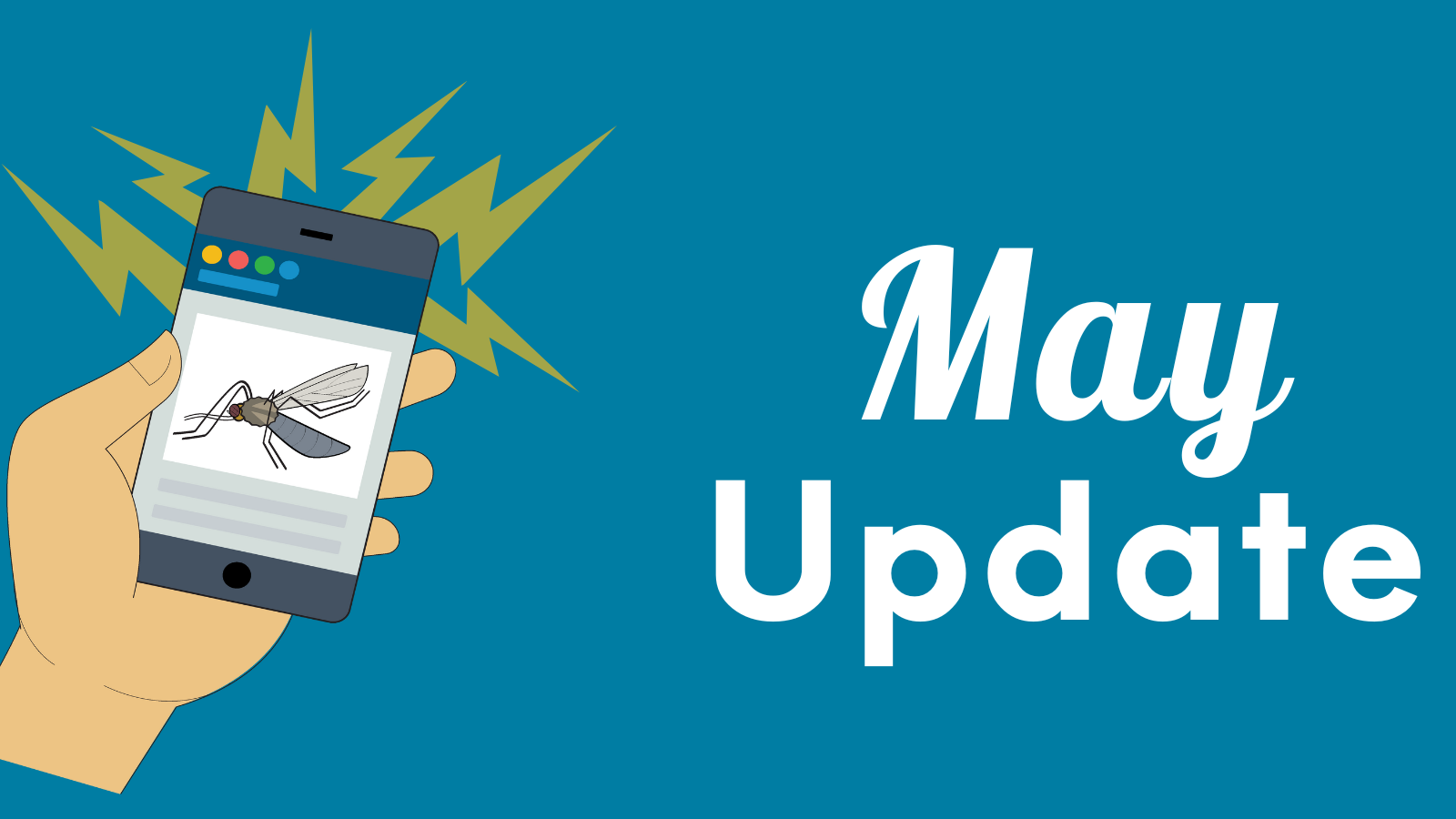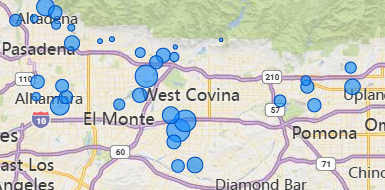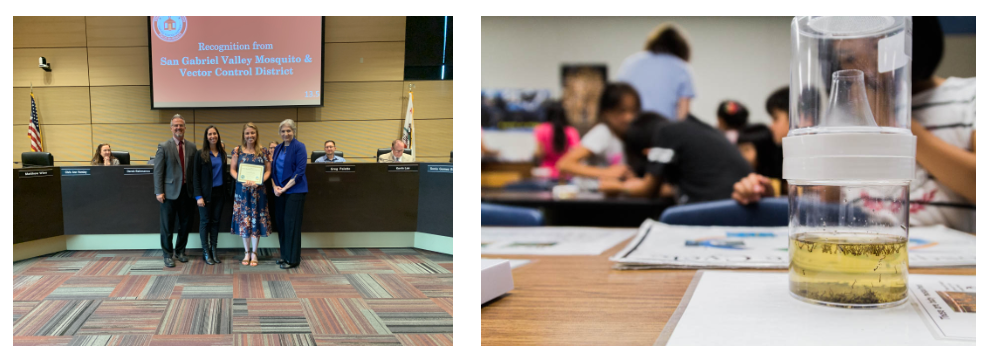Short Bites Monthly
Your digest for May 2025.

Short Bites Monthly ensures that our data as a public health agency remains transparent to the public and to people who are interested in our mission.

District Communication

As mosquito season gains momentum, our District has been hard at work. This month, we’ve focused on developing innovative and sustainable mosquito control strategies, in addition to traditional methods. We’ve also collaborated with cities that have higher mosquito abundance to raise awareness and educate residents.
Preventing mosquito-borne diseases is a shared responsibility. Remember that simple actions like tipping and tossing stagnant water, and using mosquito repellent go a long way in protecting our neighborhoods.
Outreach Overview


Mosquito Species Overview

We are currently analyzing aerial data across the San Gabriel Valley to identify permanent water sources, such as swimming pools, that may pose a risk to public health. This surveillance allows us to detect neglected or non-functional pools that could become breeding grounds for mosquitoes. With more than 2,300 pools to monitor, our District relies on resident cooperation to help reduce mosquito populations.

Our Surveillance team regularly sets traps throughout the San Gabriel Valley to monitor mosquito activity and detect mosquito-borne diseases. We've also increased efforts in the Eaton burn area, using data from these traps to guide targeted mosquito control actions.

In addition to mosquito traps, public reports of dead birds serve as an early warning system for West Nile virus. As testing begins for 2025, your reports are more important than ever. If you see a dead bird, report it—your action can help us detect West Nile virus early and protect the health of your community.

EcoHealth Highlights
As our EcoHealth Spring Classroom program wraps up for the season we’d like to take a moment to celebrate some incredible achievements from this spring:

We’re proud to announce that a total of 232 students earned the title of Vector Inspector of the Year through their participation in our GRID program. These dedicated students monitored their properties, conducted valuable surveillance work, and submitted data that helped support our public health efforts.
A special congratulations goes to Mrs. Lesley Allizadeh of Lone Hill Middle School, our 2024 EcoHealth Public School Teacher of the Year! Since joining the program, Mrs. Allizadeh has trained a fellow educator and inspired more than 800 students with her passion for education.
District Resources to Share

To protect public health following recovery efforts, we're actively preventing unmaintained pools and other sources from breeding mosquitoes that can create a public health risk for mosquito-borne diseases.

Communications Department Mission Statement:
Increase transparency and credibility through multi-media dialogue in order to engage and motivate internal, local, regional, statewide, and nationwide stakeholders to take action and become public health agents of change in their communities.
🖋 Written by Ally Gaspar and Derek Garcia


.png?ixlib=rb-1.1.0&w=2000&h=2000&fit=max&or=0&s=fb70bc921b95bee3d48b29c38277a947)